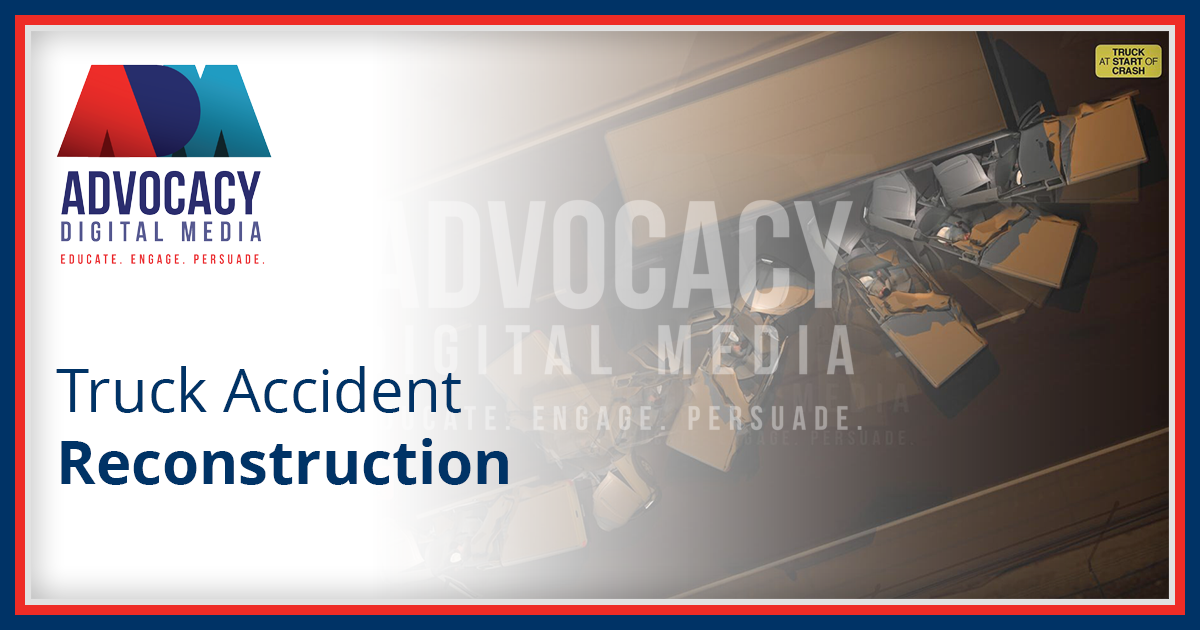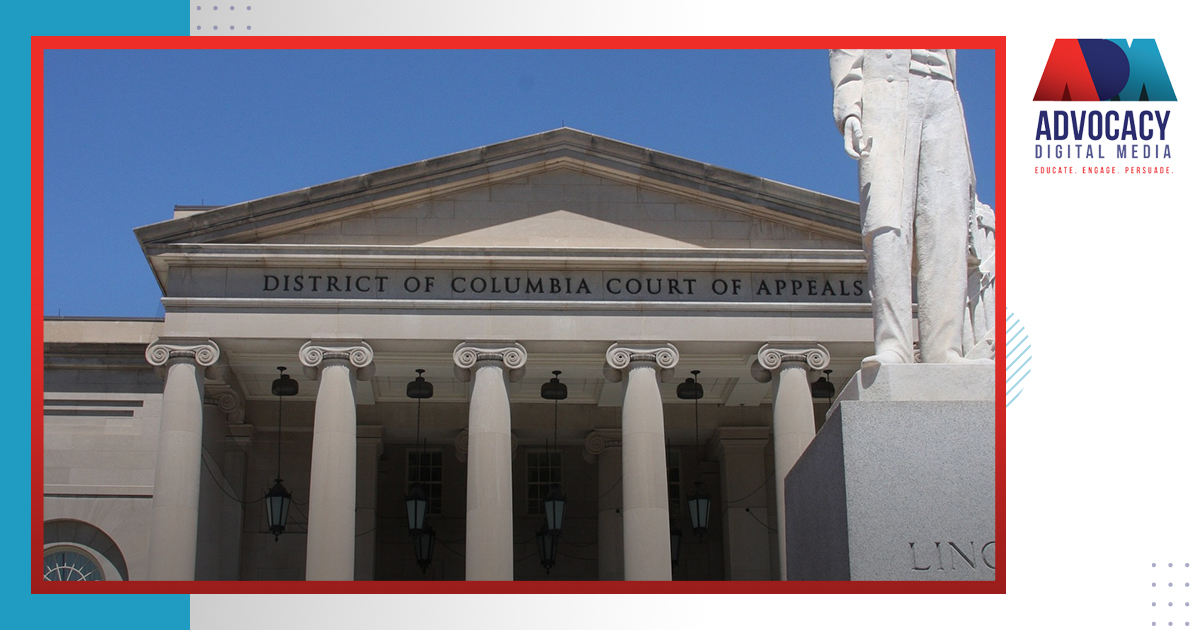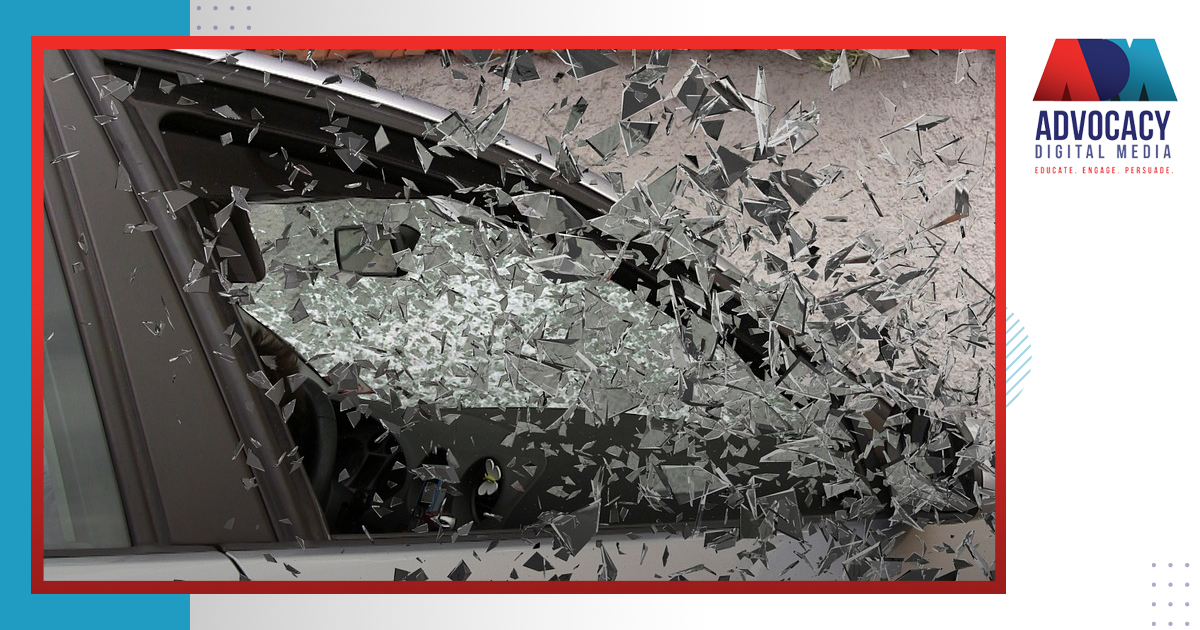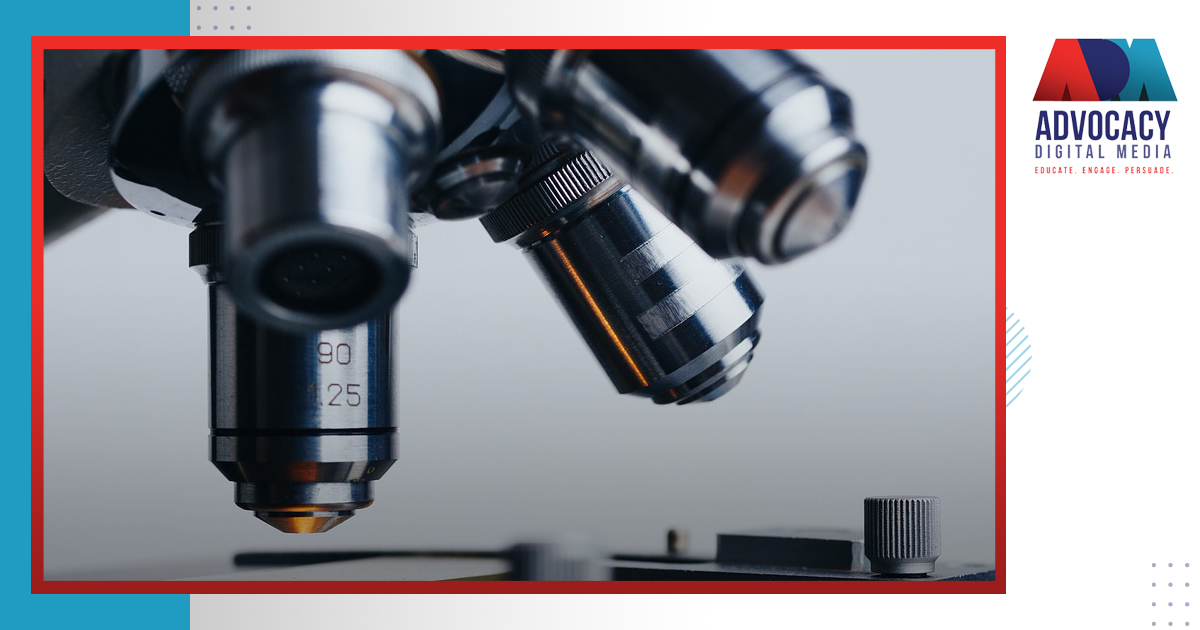Truck Accident Reconstruction
As a personal injury attorney, you likely handle your fair share of tractor-trailer crashes. While you probably resolve many of these cases outside of court, disputed liability and low-ball settlement offers tend to lead to litigation. Securing the maximum award in your client’s case in instances like these is more likely when you use truck accident reconstruction.
What are tractor-trailer crash reconstructions, and how might they benefit you and your client as you build their case? Our Advocacy Digital Media team discusses this (and more) below. Please call or contact us online if you believe our truck wreck reconstruction services may benefit you to discuss your needs.
What Is Truck Accident Reconstruction?
At some point, you may have driven past the site where an accident previously occurred. There may have been someone there taking measurements of skid marks, evaluating traffic patterns, timing the frequency with which stop lights turn, or taking photographs of the crash scene. While those individuals are crash scene investigators who make determinations and put information in reports, that’s not the same as truck accident reconstruction.
Truck accident reconstruction is, instead, taking that data or insight into how that crash occurred and depicting it in a visually engaging, graphical format. Why is this important? The old saying goes that “pictures speak louder than words.” Crash scene imagery can make it easier for a judge or potential jurors to visualize contributing factors that resulted in the collision.
What Does a Truck Crash Reconstructionist Do?
The role of the accident reconstructionist is to recreate the crash for those who were not present when it occurred, like jurors or the Court. The visual demonstratives of truck wrecks allow those parties in the courtroom charged with deciding on where liability lies to make such a determination. This, in turn, affects those parties’ decisions as to whether the plaintiff should receive monetary compensation or not.
A truck accident reconstructionist’s responsibilities include creating realistic truck crash illustrations or animations that:
- Accurately reflect crash data provided
- Bring what occurred, including causal factors, to life
- Align with witness testimony
- Have the highest chance of admissibility in court
Of course, our animators will need your help in sourcing data, knowing what witnesses intend to testify to, and more. So, it’s best to think of your relationship with one of our Advocacy Digital Media animators as a partnership of sorts. So, let’s start building our relationship today.
Tractor-Trailer Accident Reconstruction Technology Available
The technology used for truck accident reconstruction is ever evolving. Some of the latest types of programs our Advocacy Digital Media team uses when creating high-quality animations in these cases include:
- 3D laser scanning: This option is particularly effective for conveying shape and size disparities as it involves the generation of a to-scale computer image of a truck and other vehicles involved in a crash
- Scene diagramming: This type of multi-dimensional modeling technology allows animators to bring to life the scenery where the crash occurred, which can be helpful in explaining truck accident causation
- 3D animations: Tractor-trailer crashes can be hard to prove, but 3D technology, and more specifically a semi-truck accident animation, can make establishing liability more easily done, especially given its capacity to show views of what happened from multiple perspectives (like the motorists’ and witnesses) and even an aerial view
There’s even 18-wheeler crash modeling technology that allows our Advocacy Digital Media team to create demonstratives that graphically depict event data recorder (EDR) data. Our reconstructionists can overlay that information, such as including speed, braking patterns, and more, with a specific chain reaction of events that preceded a crash.
Courtroom Admissibility of Semi-Truck Reconstructions
A common concern we find that attorneys like yourself often have regarding investing in trial exhibits like tractor-trailer crash reconstructions is admissibility. The good news is that there’s generally no problem in getting the presiding judge to admit such exhibits into evidence so long as you lay a solid foundation for its admission and defense counsel doesn’t call into question the accuracy of data.
Regarding the latter, the admissibility rates of courtroom demonstratives like simulations are much different than those for reconstructions. We use accident reports, crash scene investigator findings, and other verifiable first-hand data to produce our visuals when producing the latter. In contrast, simulation companies must generate nuanced data to create visuals.
The lack of a factual basis for the data used in creating simulations can lead to objections from defense counsel and admissibility issues. Lawyers like yourself typically don’t face such impediments when dealing with truck accident reconstructions in the courtroom.
How Lawyers Use Demonstrative Evidence at Trial in an 18-Wheeler Case
Attorneys use demonstrative evidence for two primary purposes in the courtroom. They do so to give jurors and judges something to visualize and remember when in the deliberation room discussing a case. Lawyers also use these interactive exhibits to make complex concepts, including accident causation factors such as the following, easier to conceptualize:
- How closely a tractor-trailer cut in ahead of a motorist when passing them
- Whether a trucker applied their brake with ample time to reach a full stop to plausibly avoid a collision
- How a trucker striking black ice could cause them to run off the road, cross the center median, and into oncoming traffic
There are two primary types of demonstratives tractor-trailer crash reconstructionists may produce, one of which is truck collision illustrations. Others include 18-wheeler wreck animations. Each has its associated benefits in the courtroom, which you’ll want to discuss with our Advocacy Digital Media team.
Effectively Using Truck Crash Reconstructions at Trial
One of the most effective uses of truck crash reconstructions at trial is to convey data that judges and jurors are bound to not remember if merely verbalized in court. Having a visual like this provides these parties with a way to reference that information when deciding a case.
Another effective way to use a truck crash reconstruction is to substantiate or support expert witness testimony. You can introduce the exhibit into evidence and have your witness verbally walk through their descriptions or professional opinions about truck accident causation, all the while having a graphical representation of their points in the form of a reconstruction.
Truck accident reconstructions can take time to produce, depending on the type of modeling you wish for us to utilize to create your exhibits. Initiate a dialogue with our Advocacy Digital Media team about your needs as early as possible before your case goes to trial.







